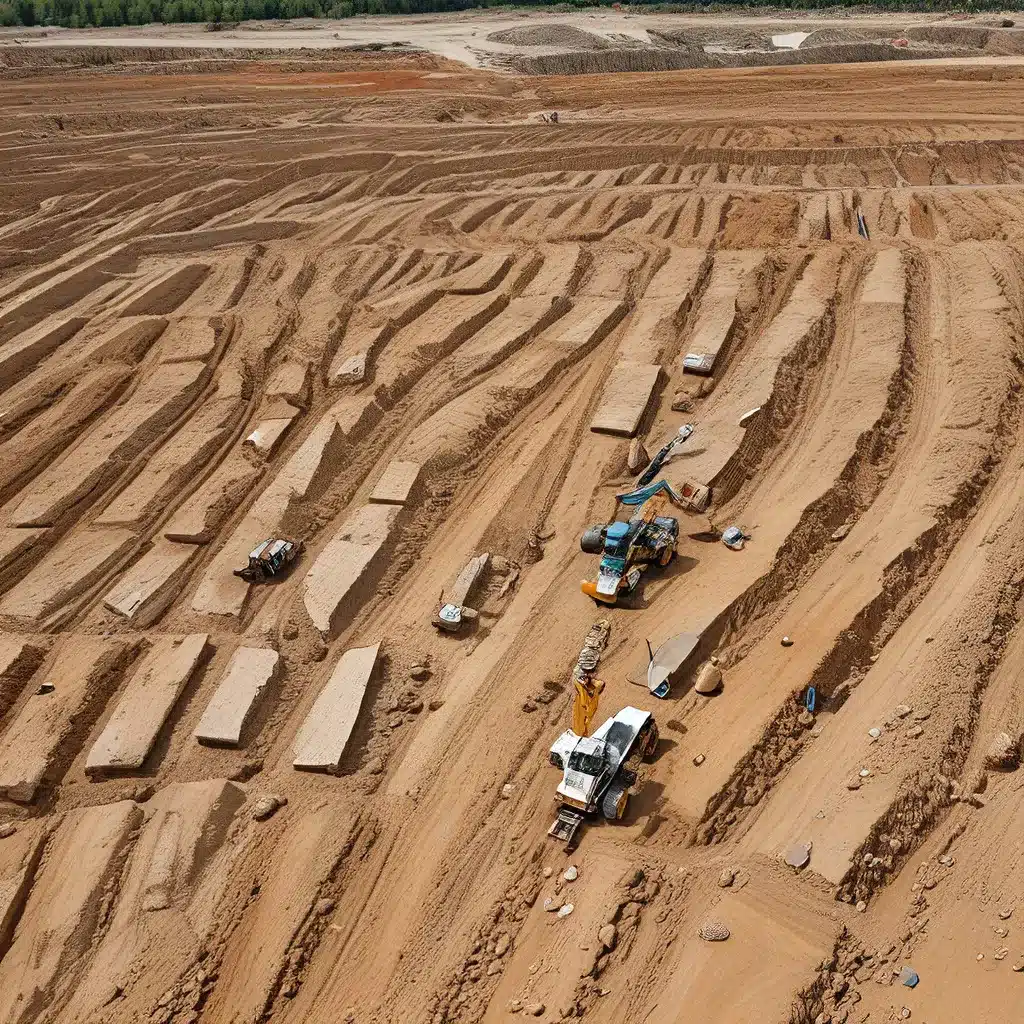
A Decade-Long Journey Through the Shifting Sands of the Construction Industry
As I reflect on my 12-year career as a sustainability consultant in the construction industry, I can’t help but feel a sense of awe at how much the landscape has transformed. When I first started out, the very concept of “sustainable construction” was often met with skepticism, if not outright confusion. Fast forward to today, and it’s become a non-negotiable, integral part of any forward-thinking construction project.
The Early Days: Laying the Foundation
In the early days, my role was akin to that of an evangelist, constantly extolling the virtues of sustainable practices to clients who were more concerned with the bottom line than the environmental impact of their projects. It was an uphill battle, but I was undeterred. I knew that the future of construction lay in embracing a more holistic, eco-friendly approach.
One of my first major breakthroughs came when I managed to secure a project with a local municipality that was dedicated to reducing its carbon footprint. The client was eager to explore renewable energy solutions, water conservation strategies, and sustainable materials. It was a revelation – not only for the client, but for me as well. I saw firsthand the tangible benefits that a sustainability-focused approach could bring to a construction project.
Navigating the Algorithm Updates
Of course, as with any industry, the construction sector has had to adapt to the ever-changing landscape of regulations and technological advancements. The rise of Building Information Modeling (BIM), for instance, has revolutionized the way we plan and execute construction projects, allowing for a more integrated, data-driven approach to sustainability.
Building codes have also evolved, with a growing emphasis on energy efficiency, renewable energy integration, and waste management. Keeping up with these changes has been a constant challenge, but one that I’ve embraced with enthusiasm.
The Shift Towards Holistic Sustainability
As the years went by, I noticed a marked shift in the industry’s approach to sustainability. It was no longer about simply ticking boxes or meeting minimum requirements; it was about embracing a holistic, end-to-end approach that considered every aspect of a construction project.
This meant delving deeper into the supply chain, ensuring that materials were sourced ethically and sustainably. It meant exploring innovative building techniques that minimized waste and maximized energy efficiency. And it meant engaging with the end-users of the buildings, empowering them to adopt sustainable practices within the structures we created.
Circular economy principles have also become increasingly important, as the industry grapples with the need to minimize waste and maximize the reuse of materials.
Data-Driven Sustainability: The New Frontier
One of the most exciting developments in the world of sustainable construction has been the rise of data-driven analytics. By leveraging tools like Google Analytics, we can now track the real-world performance of our sustainable initiatives, identifying areas for improvement and optimizing our strategies accordingly.
This data-driven approach has been a game-changer, allowing us to make informed, evidence-based decisions that truly move the needle in terms of environmental impact. It’s also enabled us to communicate the value of sustainability to our clients in a clear, tangible way – something that was often a challenge in the past.
Embracing the Future: Trends and Innovations
As I look to the future of sustainable construction, I’m both excited and humbled by the constant evolution of the industry. The rise of renewable energy technologies, the integration of smart building systems, and the growing emphasis on materials re-use and recycling – all of these developments are shaping the way we approach construction projects.
One particularly promising trend is the growing adoption of modular construction techniques, which allow for a more efficient, less wasteful approach to building. By pre-fabricating components off-site, we can minimize on-site disruption, reduce material waste, and streamline the entire construction process.
Conclusion: A Sustainable Future Begins Today
As I reflect on my journey through the evolving landscape of sustainable construction, I am reminded of the resilience and adaptability that this industry has shown. From those early days of evangelism to the data-driven, holistic approach of today, the construction sector has proven its ability to evolve and embrace a more sustainable future.
I believe that the construction industry is poised to lead the way in the fight against climate change, and I’m honored to be a part of this exciting journey. By continuing to push the boundaries of innovation, collaborating with industry partners, and empowering our clients to make sustainable choices, we can create a built environment that is not just functional, but truly regenerative.
So, as we navigate the challenges and opportunities that lie ahead, let us remember that the path to a sustainable future begins with each and every construction project we undertake. It’s time to roll up our sleeves and get to work – for the sake of our planet, and for the generations that will inherit the world we build today.
Related posts:
No related posts.




